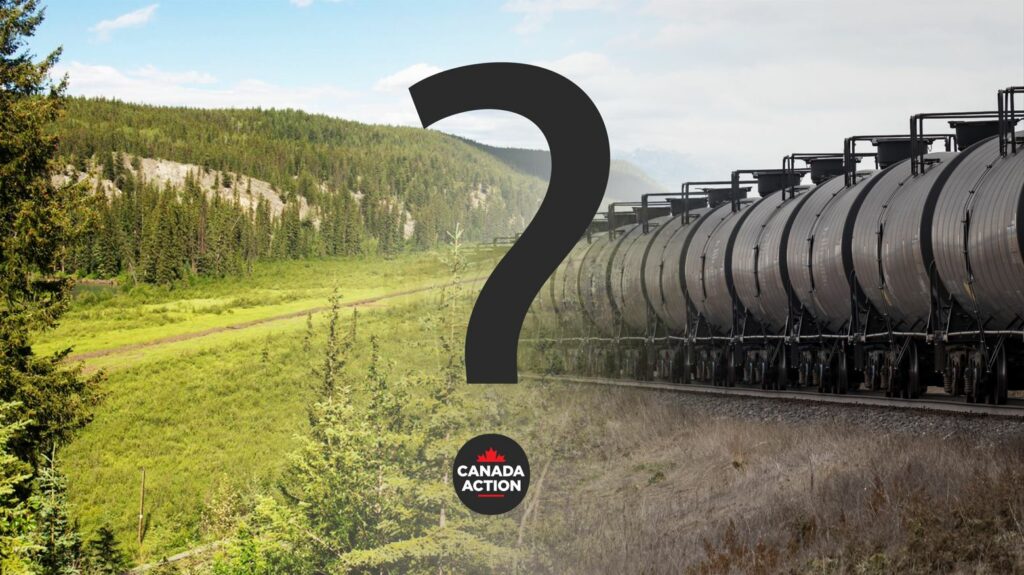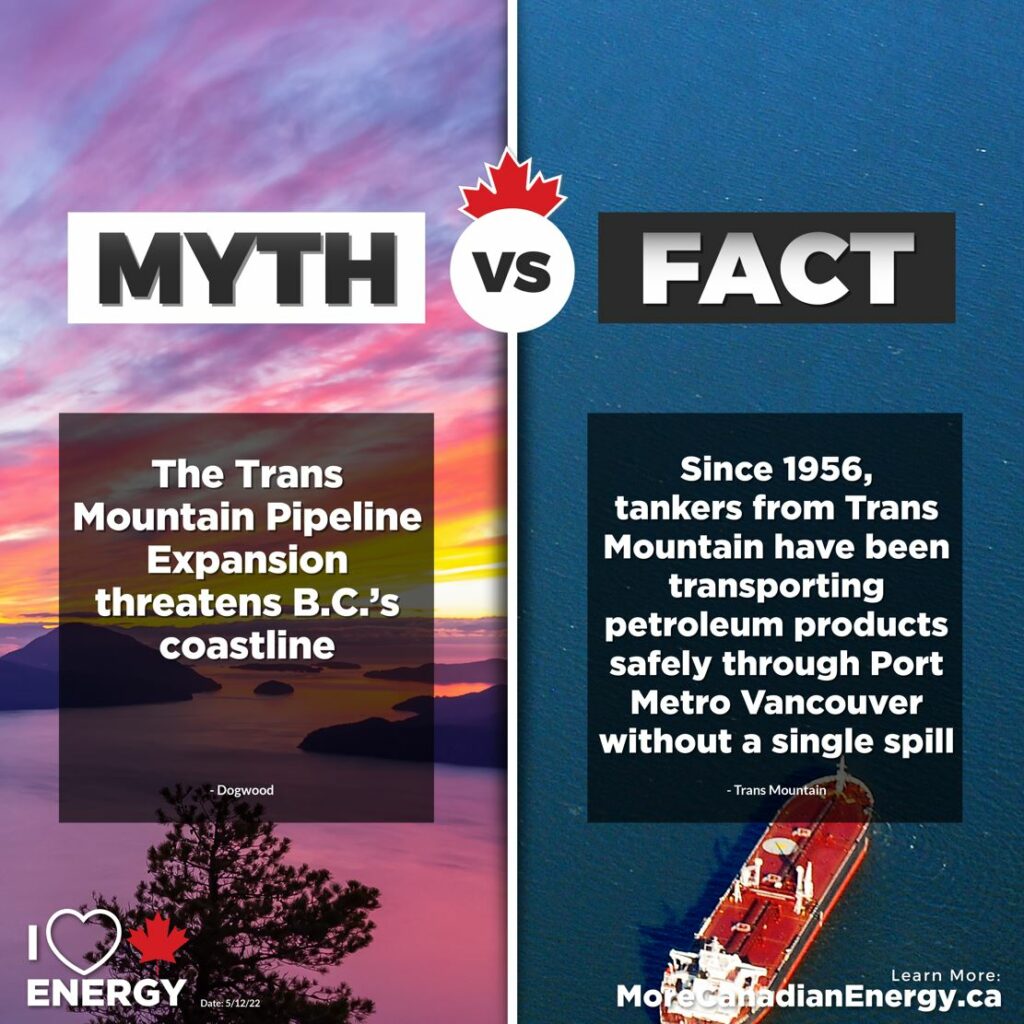
What is the best way to transport oil from reliable supply sources, such as Canada’s oil sands, to buyers abroad? Given the pushback by non-governmental organizations to obstruct and delay all Canadian oil and gas pipelines into perpetuity based on environmental claims, it is a good question that needs a definitive answer.
The reality is when pipelines like the Keystone XL are cancelled, more oil is moved from Canada by rail to refineries in the U.S. Midwest and Gulf Coast. Over long distances, transporting oil by rail is much riskier and, to no surprise, is much more emission-intensive.
So then, the question remains: Are pipelines or railcars best for transporting oil? Let us look at some of the latest studies comparing the public health and safety and environmental aspects of oil by rail vs. pipeline.

Study #1 – Energy Policy Institute
According to a 2014 study by the Energy Policy Institute at the University of Chicago, transporting oil by railroad results in twice the health and environmental costs versus shipping by pipeline [1].
The study’s authors advocate for shipping other petroleum-related compounds like propane, ethanol and butane by pipeline rather than rail because of the far fewer public health impacts.
They also note the importance of both transportation methods in energy markets. Crude oil by rail plays a similar role to that of peaker plants in the U.S.’s electrical grid, while pipelines provide steady supply volumes over the long haul.
Study #2 – Fraser Institute
The Fraser Institute’s 2015 study found both oil shipping methods to be safe, but via pipelines even more so. Key findings include [2]:
- Shipping oil by rail is 4.5x more likely to have an incidence when compared to pipelines
- Between 2003 and 2013, only 17% of pipeline spills occurred in line pipes, which means most happened in facilities with secondary containment procedures and technologies.
- Over 70% of pipeline incidents result in a spill of less than one cubic metre (1000 litres).
- Between 2011 and 2013, 99.999% of crude oil and petroleum products shipped via pipeline arrived safely at their destination.
The study concludes that rising oil and gas production in Canada and the U.S. is best transported by pipelines versus rail or road, given the clear environmental and public safety benefits.
Study #3 – University of Alberta
A 2016 study by University of Alberta researchers found greenhouse gas (GHG) emissions to increase anywhere from 61% to 77% when using trains to ship oil versus pipelines [3].
The University of Alberta study also found that rail would be better for shorter transportation distances and lower volumes.
“If you’re looking at shorter transportation distances and smaller capacities, rail is probably more efficient, but most of the crude and bitumen exported from Alberta goes to U.S. refineries, which are long distances and at a large scale,” said Amit Kumar, professor of mechanical engineering and lead author on the study.
“If we have to choose how we get Alberta oil to markets, pipelines are the way to go because of the lower greenhouse gas emission footprint. When you are looking at longer distances, you have to be energy-efficient, and a pipeline can transport much more oil than a railroad can.”
Amit noted that the Trans Mountain pipeline alone is 1,150 kilometres long and can pump up to 890,000 barrels per day.
The professor suggested that GHG pipeline emissions can be reduced even further by using renewable energy supply for pumps, like many energy companies are doing now across Canada.
Pipeline or Rail – Which Do You Choose?
Today, anti-Canadian energy activists say they are concerned about rising global emissions, so then, why don’t they support the cleanest, safest, and most effective way to transport the energy we need, a.k.a. pipelines?
The evidence is clear: pipelines are the safest and most environmentally friendly way to transport oil and natural gas over vast land distances.
Canadian pipelines are operated to some of the highest regulatory standards in the world. When pipelines in Canada are delayed and obstructed into perpetuity, the only winners are less responsible foreign producers, often with abysmal records on environmental protections and human rights.
Global oil and natural gas demand will continue to grow for decades. As long as the world needs these energy sources, they should come from the most sustainable and reliable producers – like Canada!
Join us today for balanced, honest, fact-based and non-partisan discussions on Canada’s world-class natural resource sectors – oil, natural gas, pipelines, agriculture, forestry, mining, renewables, and more!
SOURCES:
1. Energy News. (2017, September 28). Crude oil by rail or pipeline: New studies explore the question. (https://energynews.us/2017/09/28/crude-oil-by-rail-or-pipeline-new-studies-explore-the-question/) Date Accessed: July 2023.
2. Fraser Institute. (2015). Safety in the Transportation of Oil and Gas: Pipelines or Rail. (https://www.fraserinstitute.org/sites/default/files/safety-in-the-transportation-of-oil-and-gas-pipelines-or-rail-rev2.pdf), Date Accessed: July 2023.
3. University of Alberta. (2016, December). Pipelines easier on the environment than rail. ( https://www.ualberta.ca/engineering/news/2016/december/pipelineseasierontheenvironmentthanrail.html), Date Accessed: July 2023.
Share This:
Next Article




